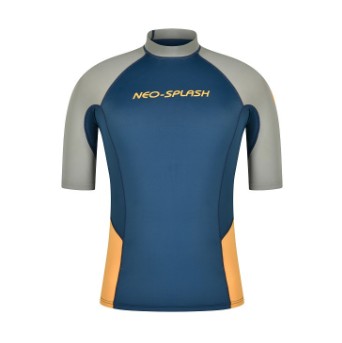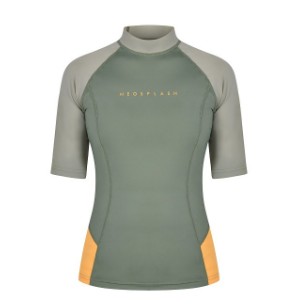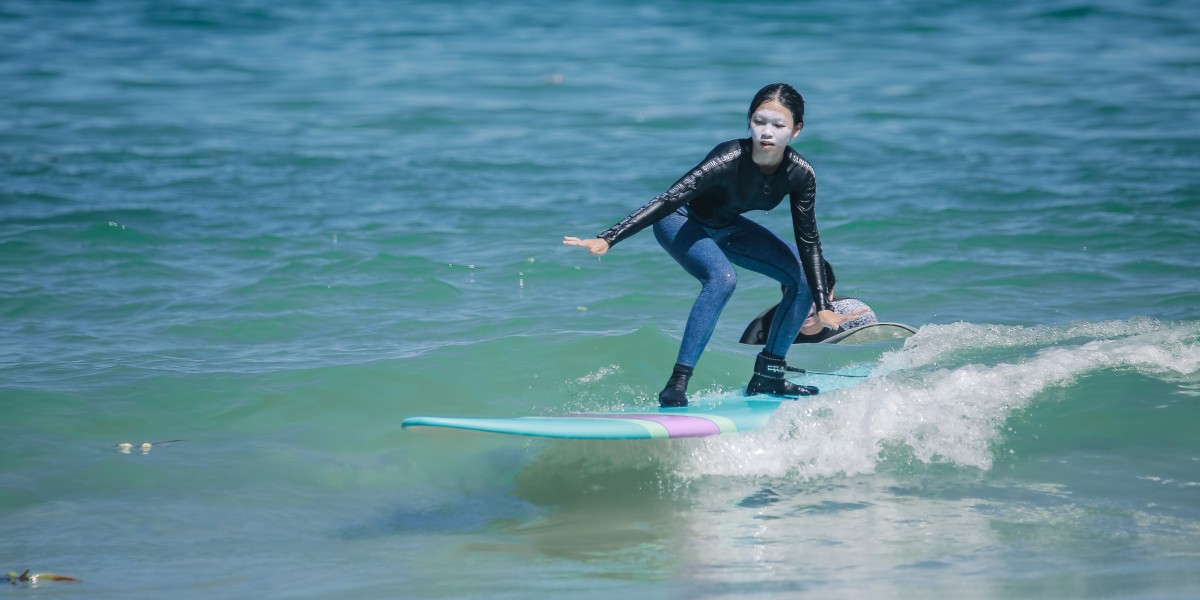The qualifications of a rashguard may vary depending on the brand, manufacturer, or specific needs of the user, but some common features and characteristics of a qualified rashguard include:
Sun Protection: A qualified rashguard ought to offer effective sun protection. This is typically indicated by a high UPF rating, which signifies its ability to shield the skin from the sun’s harmful UV rays.

Material: Qualified rashguards are typically made from high-quality, durable,safety materials that are designed to withstand exposure to water, sun, and other elements. Common materials are including nylon, spandex, polyester blends that are quick-drying, moisture-wicking, and resistant to wear and tear.
Fitness: A qualified rashguard should have a snug, comfortable fit. It should be designed to minimize friction between the fabric and the skin.

Fast-Drying: A qualified rashguard should be quick-drying, ensuring that it doesn’t become heavy and uncomfortable when wet. This is particularly important for water sports.
Protection Against Marine Life: In areas with potential encounters with marine life like jellyfish, a qualified rashguard may have specific features or materials that provide protection against stings or bites.
To determine whether a rashguard is qualified for your needs, it’s important to consider the specific activities you’ll be engaging in and the environmental conditions you’ll encounter. Look for rashguards from reputable brands and manufacturers, and pay attention to product specifications and user reviews to ensure you get a rashguard that meets your requirements.


